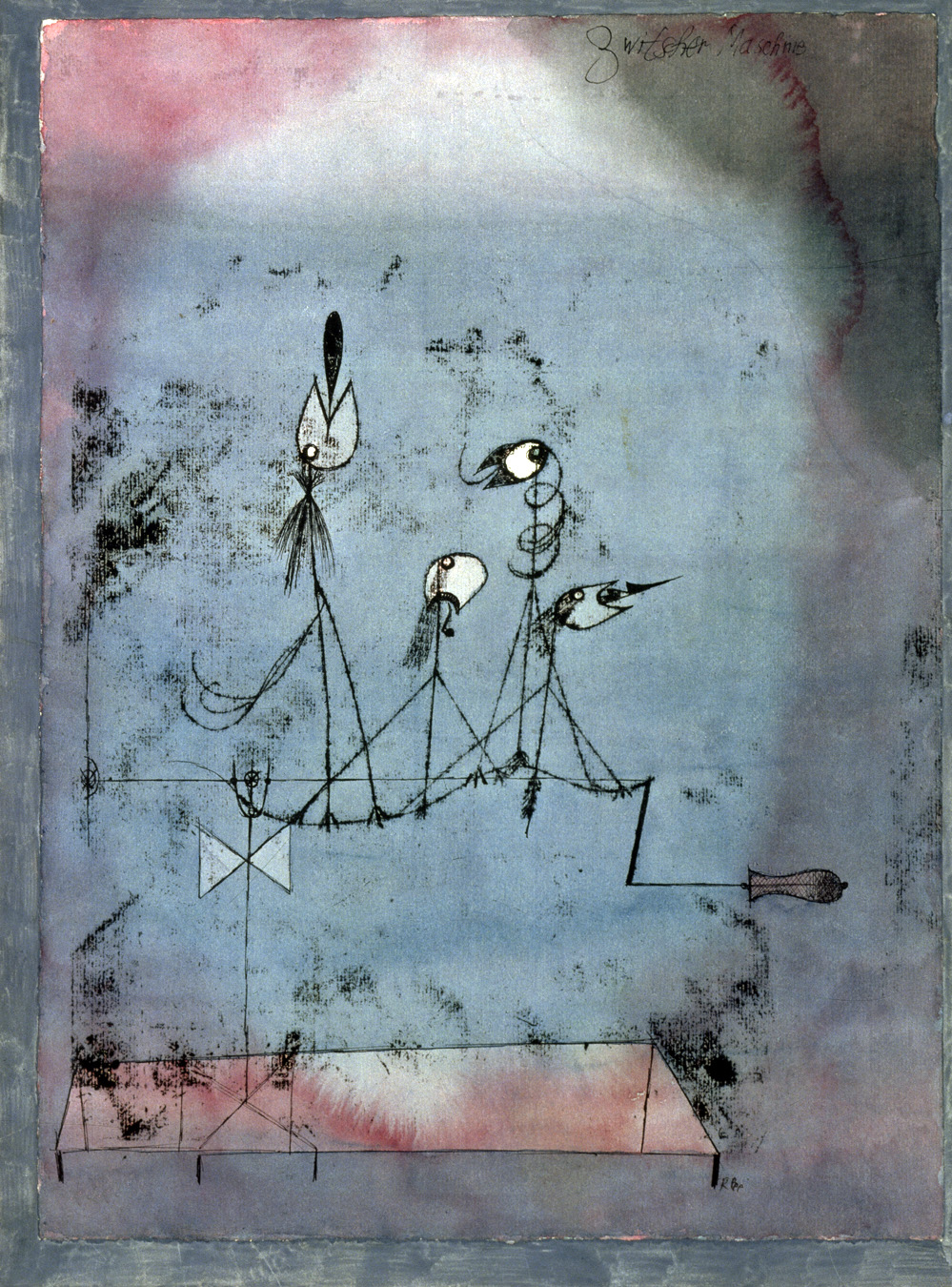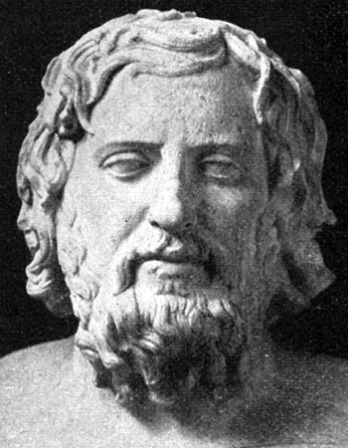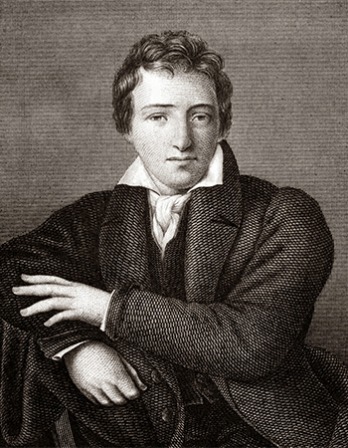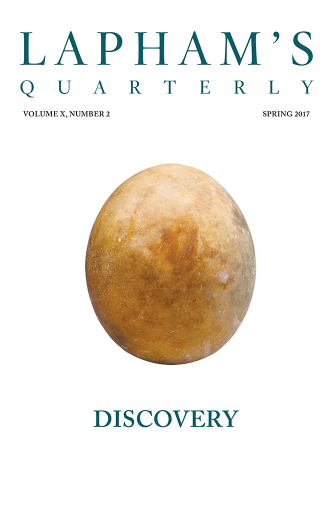You know, at least you have heard, of a singular machine with which the inventor proposed to give sonatas in color. I thought that if anyone could appreciate a performance of ocular music, and could judge of it without prejudice, it would be a man born deaf and dumb. I therefore took my friend to the house in the rue St. Jacques, where the operator and the machine with colors was exhibited. Ah, sir, you would never guess the kind of impression that it made on him, nor the ideas it suggested.
You see that it was impossible to explain to him beforehand the nature and marvelous powers of the harpsichord, and having no idea of sound, this instrument with colors could not suggest to him any musical impressions. The purpose of the machine was as incomprehensible to him as the use of our organs of speech. What, then, were his thoughts, and what was the cause of his admiration for Father Castel’s colored fans? Guess, sir, his conjectures about this ingenious machine, which very few people have seen, though many have talked about it, and whose invention would do honor to many of those who ridicule it. Our deaf-and-dumb friend imagined that the inventor was also deaf and dumb, and that his harpsichord was the instrument by which he communicated with other men; he imagined also that each shade of color represented a letter of the alphabet, and that by touching the keys rapidly, he combined these letters into words and phrases, and, in fact, spoke in colors.
You may imagine he was pleased with his own perspicacity in finding this out, but our friend did not rest on his laurels; the idea suddenly came into his head that he now grasped what music and musical instruments were. He supposed that music was a peculiar manner of communicating thought, and that musical instruments—lutes, violins, and trumpets—were so many different organs of speech. You will say that only a man who had never heard music or a musical instrument could have happened on such a theory. But please consider that this theory, although obviously false to you, seemed almost proved to a deaf-and-dumb person. When the deaf-and-dumb man calls to mind the attention he has observed us pay to music and to musicians, and the evidences of joy or grief depicted on our countenances and in our gestures as we listen to beautiful music, and when he compares them with the similar effects produced by speech or by visible objects, he cannot imagine that music has no definite meaning and that vocal and instrumental music arouses in us no distinct impressions.

Twittering Machine, by Paul Klee, 1922. © The Museum of Modern Art, New York.
And is not this, sir, an exact symbol of the way in which we form ideas, our theories, and, in a word, the conceptions by which so many philosophers have won fame? Whenever they attempt to explain matters which seem to demand another organ, which is lacking, before they can be completely understood, they have often shown less penetration and have wandered further from the truth than the deaf-mute I have been describing; for, after all, if we do not express our thoughts as distinctly by means of musical instruments as with our lips, and if musical notes do not convey our ideas as distinctly as speech, yet they do convey something.
Even if my friend did not hit upon the exact truth, he hit upon a great possibility. This penetration will surprise you less, perhaps, if you fancy that everyone who walks through a picture gallery is really unconsciously acting the part of a deaf man who is amusing himself by examining the dumb who are conversing on subjects familiar to him. This is one of the points of view with which I always look at pictures, and I fancy it a sure means of divining ambiguous actions and equivocal movements, of being at once aware of the frigidity and confusion of an ill-arranged action or of conversation, and of seeing at once, in a scene rendered in painting, all the faults of languid or exaggerated acting. The term “acting” which I have just used, because it expresses what I mean, calls to my mind another mode of studying which I often employed and which taught me more about actions and gestures than all the books in the world. I used to frequent the theater, and I knew by heart most of our best plays. On the days when I meant to examine actions and gestures, I would climb to the gallery, for the farther I was from the actors the better. As soon as the curtain was raised and the rest of the audience disposed themselves to listen, I put my fingers in my ears, much to the astonishment of my neighbors; not knowing my motives, they looked on me as a madman who only came to the play to miss it. I paid no attention to their remarks and kept my fingers obstinately in my ears as long as the gestures and actions of the actor corresponded with the dialog which I remembered. When I was puzzled by the gestures, I took my fingers from my ears and listened. Ah, how few actors there are who can stand such a test, and how humiliated the majority would be if I were to give the world my criticisms! But judge of my neighbors’ surprise when they saw me shed tears at the pathetic passages, though I had my fingers in my ears. That was too much for them, and even the least inquisitive began to question me. But I coolly answered that “everybody had his own way of listening, and mine was to shut my ears to hear the better,” and found some silent amusement in the comments caused by my real or apparent eccentricity and in the simplicity of some young people who also tried putting their fingers in their ears to hear as I did, and were surprised at their lack of success.
Whatever you may think of my expedient, pray consider that if, to judge correctly of intonation, we must listen to an actor without looking at him, it is very natural to watch an actor without hearing him, if we are to judge correctly of his gestures and action. I may add that the celebrated writer of plays, Le Sage, the author of The Lame Devil, The Bachelor of Salamanca, Gil Blas of Santillana, Turcaret, and a number of plays and comic operas in which his son, the inimitable Montmeny, took part, became so deaf in his old age that people had to shout into his ear trumpet. Yet he was in the habit of frequenting the theater to see his pieces played, and could follow them almost word for word; indeed, he said he was a better judge of his plays and their action when he could no longer hear the actors, and I am certain, from my own personal experience, that he was right.
From “Letter on the Deaf and Dumb.” Assisted by the mathematician Jean d’Alembert beginning in the mid-1740s, Diderot edited the Encyclopédie—a dictionary of the sciences, arts, and trades—to which Jean-Jacques Rousseau, Baron d’Holbach, and Voltaire all contributed. In the following two decades, he also distinguished himself as a playwright and an art critic. Diderot’s fictional works The Nun, Jacques the Fatalist, and Rameau’s Nephew were all published after he died at the age of seventy in 1784.
Back to Issue





